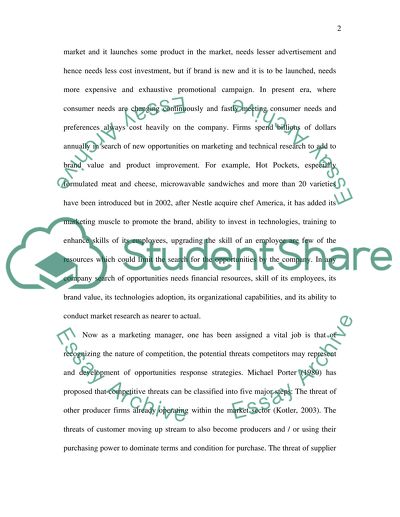Cite this document
(Marketing Opportunities of the Airline Industry in Australia Term Paper, n.d.)
Marketing Opportunities of the Airline Industry in Australia Term Paper. https://studentshare.org/marketing/1513649-bsbmkg501a-evaluate-marketing-opportunities
Marketing Opportunities of the Airline Industry in Australia Term Paper. https://studentshare.org/marketing/1513649-bsbmkg501a-evaluate-marketing-opportunities
(Marketing Opportunities of the Airline Industry in Australia Term Paper)
Marketing Opportunities of the Airline Industry in Australia Term Paper. https://studentshare.org/marketing/1513649-bsbmkg501a-evaluate-marketing-opportunities.
Marketing Opportunities of the Airline Industry in Australia Term Paper. https://studentshare.org/marketing/1513649-bsbmkg501a-evaluate-marketing-opportunities.
“Marketing Opportunities of the Airline Industry in Australia Term Paper”. https://studentshare.org/marketing/1513649-bsbmkg501a-evaluate-marketing-opportunities.


